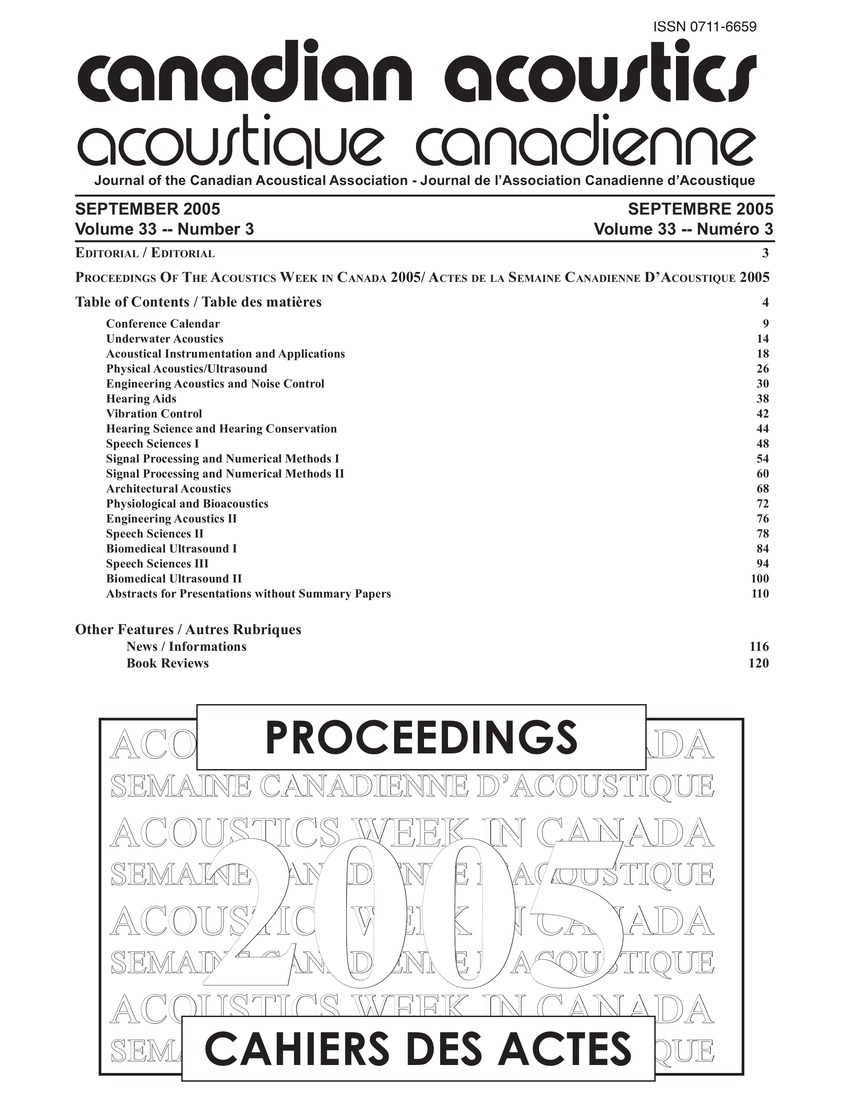Using ultrasonic and vision sensors within extended kalman filter for robot navigation
Mots-clés :
Computer vision, Kalman filtering, Radio navigation, Sensors, Ultrasonic devices, Finite dimensional system, Navigation problem, Robot navigation, Simultaneous localization and map-building (SLAM)Résumé
The simultaneous localization and map-building (SLAM) problem of robots with Extended Kalman Filter (EKF) framework were studied. Two types of sensing systems, ultrasound and computer vision, were mounted on the robot to perceive the environment so as to simultaneously localize the robot. The Kalman Filter (KF) is a linear, discrete-time, finite dimensional system with recursive structure that makes a digital computer well suited for its implementation. EKF provides a real-time solution to the navigation problem and to on-going estimation of the uncertainty acquired from vehicle motion and landmark observation.Fichiers supplémentaires
Publié-e
Comment citer
Numéro
Rubrique
Licence
Author Licensing Addendum
This Licensing Addendum ("Addendum") is entered into between the undersigned Author(s) and Canadian Acoustics journal published by the Canadian Acoustical Association (hereinafter referred to as the "Publisher"). The Author(s) and the Publisher agree as follows:
-
Retained Rights: The Author(s) retain(s) the following rights:
- The right to reproduce, distribute, and publicly display the Work on the Author's personal website or the website of the Author's institution.
- The right to use the Work in the Author's teaching activities and presentations.
- The right to include the Work in a compilation for the Author's personal use, not for sale.
-
Grant of License: The Author(s) grant(s) to the Publisher a worldwide exclusive license to publish, reproduce, distribute, and display the Work in Canadian Acoustics and any other formats and media deemed appropriate by the Publisher.
-
Attribution: The Publisher agrees to include proper attribution to the Author(s) in all publications and reproductions of the Work.
-
No Conflict: This Addendum is intended to be in harmony with, and not in conflict with, the terms and conditions of the original agreement entered into between the Author(s) and the Publisher.
-
Copyright Clause: Copyright on articles is held by the Author(s). The corresponding Author has the right to grant on behalf of all Authors and does grant on behalf of all Authors, a worldwide exclusive license to the Publisher and its licensees in perpetuity, in all forms, formats, and media (whether known now or created in the future), including but not limited to the rights to publish, reproduce, distribute, display, store, translate, create adaptations, reprints, include within collections, and create summaries, extracts, and/or abstracts of the Contribution.


